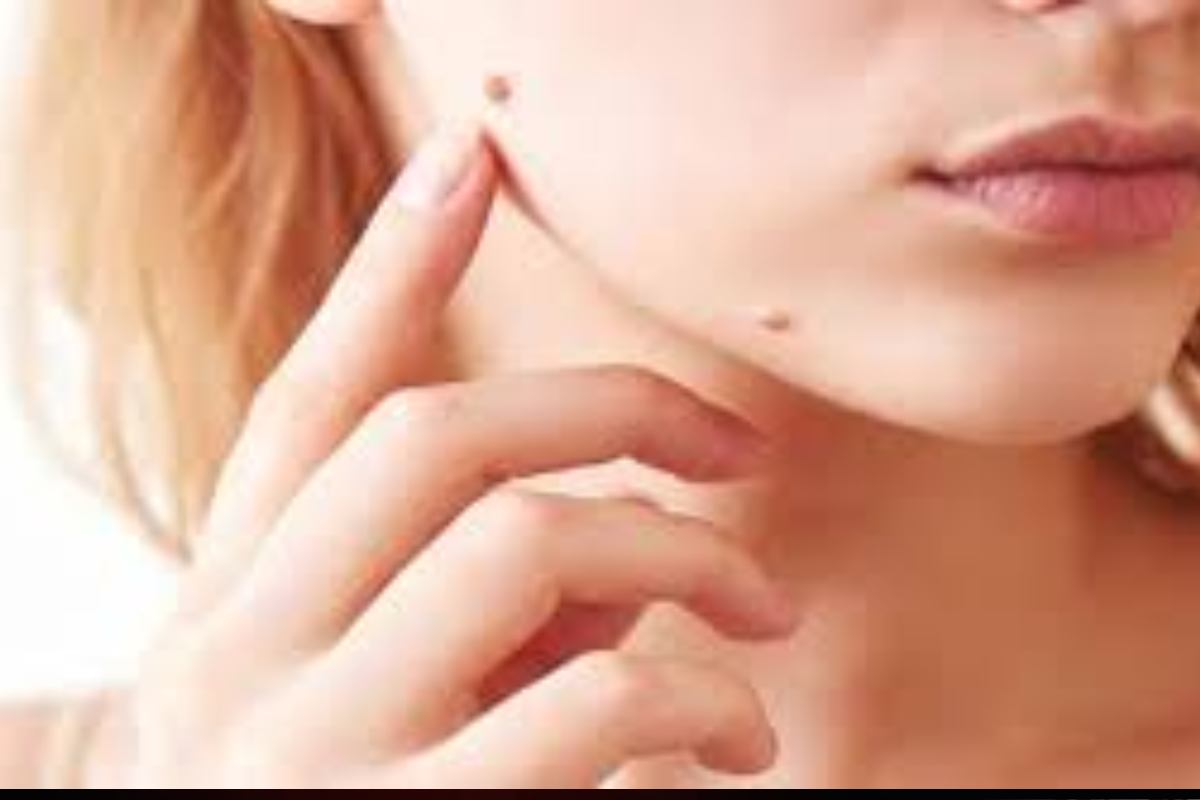Table of Contents
Marks And Moles: How To Detect A Problem
Why Beauty Spots Appear, They go by many designations: beauty marks and birthmarks. And also moles. Whether you love them or hate them. There remain many reasons why you might reflect on having one or more of your moles detached. According to plastic doctor Davinder Singh. MD. Of AAMG Plastic Surgery, the reasons for mole removal vary, including:
- To reduce irritation when wearing makeup, jewelry, or clothing.
- To minimize problems when shaving.
- To smooth skin and improve appearance.
- To determine a diagnosis.
But these seemingly harmless skin spots may hide a deadly disease: skin cancer. These marks are pigment-producing cells that can develop into a growth. In addition, cancer cells from dissimilar tumors can feast on different body parts in other cases.
Including The Skin.
Skin cancer is the most common form in the United States and can affect anybody at any age. More than three million people remain diagnosed with skin cancer yearly, more than breast, prostate, lung, and colon cancer combined. These spots can appear simply because they are part of your genetic makeup or sun exposure. So explains Dr. Singh, chief and medicinal director of plastic surgical treatment at Anne Arundel Medical Center.
And while most beauty spots are harmless, Dr. Singh recommends sighted a dermatologist, or cosmetic surgeon have them examined. He says that your age and skin condition determine how often you should get an exam—the chance of your moles becoming cancer increases with increased contact with sunlight or electromagnetic light.
How Can You Express If A Beauty Mark Remains Just A Harmless Blemish Or A Mark That Masks Cancer Cells?
Dr. Singh says only your specialist can identify if a spot is cancerous. But several warning signs can indicate skin cancer.
To self-monitor your moles, Dr. Singh recommends using the ABCDE method:
- A for asymmetry: half of the mark is different from the other half.
- B for Edge Irregularity: Edges are notched, jagged, or fuzzy.
- C for color: the color remains uneven. Shades of brown, tan, and black remain present.
- D for Diameter: The diameter remains more significant than 6 mm around the size of a write eraser.
- E for Evolution: A change in size, color, shape, or indications such as itching or bleeding begin.
What is Beauty Mark?
A beauty mark or spot is a small, discolored (usually benign) patch of skin that is darker than the surrounding skin.
Other beauty brand names
Beauty marks remain also called:
- beauty spots,
- beauty Moles,
- lentigines, and
- nevi
No matter what you call them, most people have at least one of them. Beauty marks often occur on the face but can also seem on the neck, throat, shoulders, and arms. Likewise, they are more common in women, but men can get them too.
A Mole Is An Old Term For A Beauty Mark.
The word remains derived from the Latin malleus, which means small spot. Due to their prevalence on women’s faces, they remain sometimes referred to as “Venus marks. ” Beauty marks remain sometimes called “freckles,” but they aren’t beauty marks. The two types of stains should not be confused.
There remain many different theories about the origin of beauty marks: some say they remain caused by trauma to the area (including chickenpox). In contrast, others think they remain caused by genetic factors such as melanin or blood vessel variations.
Conclusion
These spots can appear simply because they’re part of your genetic make-up, or they can appear due to sun exposure, explains Dr. Singh, chief and medical director of plastic surgery at Anne Arundel Medical Center. And while most beauty spots aren’t harmful.

